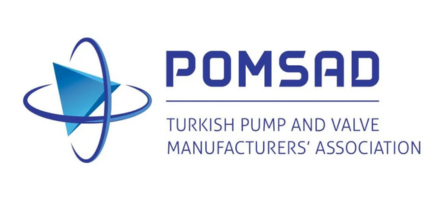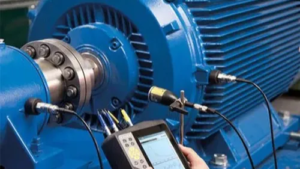In industrial operations, misalignment in motors and generators can lead to premature wear, excessive vibration, and catastrophic failures. Traditional alignment methods often rely on manual adjustments, which can be time-consuming and imprecise. The introduction of automated motor alignment techniques has revolutionized the industry by significantly reducing downtime, improving reliability, and enhancing overall efficiency.
Understanding Motor Misalignment and Its Impact
Misalignment in motors occurs when the rotational centerlines of coupled components do not match. This can be classified into:
- Parallel Misalignment – When the motor and driven shaft are offset in either horizontal or vertical planes.
- Angular Misalignment – When the motor and driven shaft are at an angle relative to each other.
- Combination Misalignment – A mix of both parallel and angular misalignment.
Consequences of Misalignment:
- Increased mechanical wear on couplings, bearings, and shafts.
- Higher energy consumption due to additional strain on components.
- Increased vibration leading to potential structural damage.
- Unplanned shutdowns causing productivity losses.
Advancements in Automated Motor Alignment
Modern industrial facilities are adopting automated laser alignment systems that utilize real-time monitoring, AI-driven analytics, and predictive maintenance to optimize motor positioning. Some of the most effective technologies include:
- Laser Shaft Alignment Systems
- Use high-precision laser beams to detect misalignment with sub-micron accuracy.
- Provide real-time feedback for immediate correction.
- Reduce alignment time by up to 50% compared to traditional dial indicator methods.
- AI-Integrated Alignment Solutions
- AI algorithms analyze alignment data, predicting potential deviations before they occur.
- Machine learning optimizes the alignment process by referencing historical data.
- Adaptive feedback mechanisms ensure continuous correction during operation.
- Robotic Assisted Alignment
- Automated robotic arms equipped with alignment sensors adjust motor positioning dynamically.
- Eliminates human error, ensuring consistency across multiple motor installations.
- Reduces labor-intensive procedures and operational costs.
- Condition-Based Alignment with IoT Sensors
- IoT-enabled vibration and temperature sensors provide continuous motor alignment insights.
- Wireless transmission of real-time data allows remote monitoring of misalignment trends.
- Proactive alignment adjustments minimize maintenance-related downtime.
Benefits of Automated Alignment Techniques
- Minimized Unplanned Downtime – Continuous alignment monitoring prevents unexpected failures.
- Extended Equipment Lifespan – Reduced mechanical stress prolongs motor and generator service life.
- Optimized Energy Consumption – Proper alignment enhances mechanical efficiency, lowering power requirements.
- Cost Reduction in Maintenance – Eliminates frequent repairs caused by chronic misalignment.
- Improved Safety – Reduced vibration lowers the risk of structural failures and operator hazards.
Automated motor alignment techniques are becoming a standard practice for industrial facilities aiming to optimize efficiency and reduce operational costs. With the integration of laser systems, AI-driven analytics, and IoT-enabled predictive maintenance, industries can achieve higher reliability, reduced wear and tear, and improved performance in motors and generators. Investing in these automated solutions is a strategic move toward enhancing productivity while minimizing downtime.










